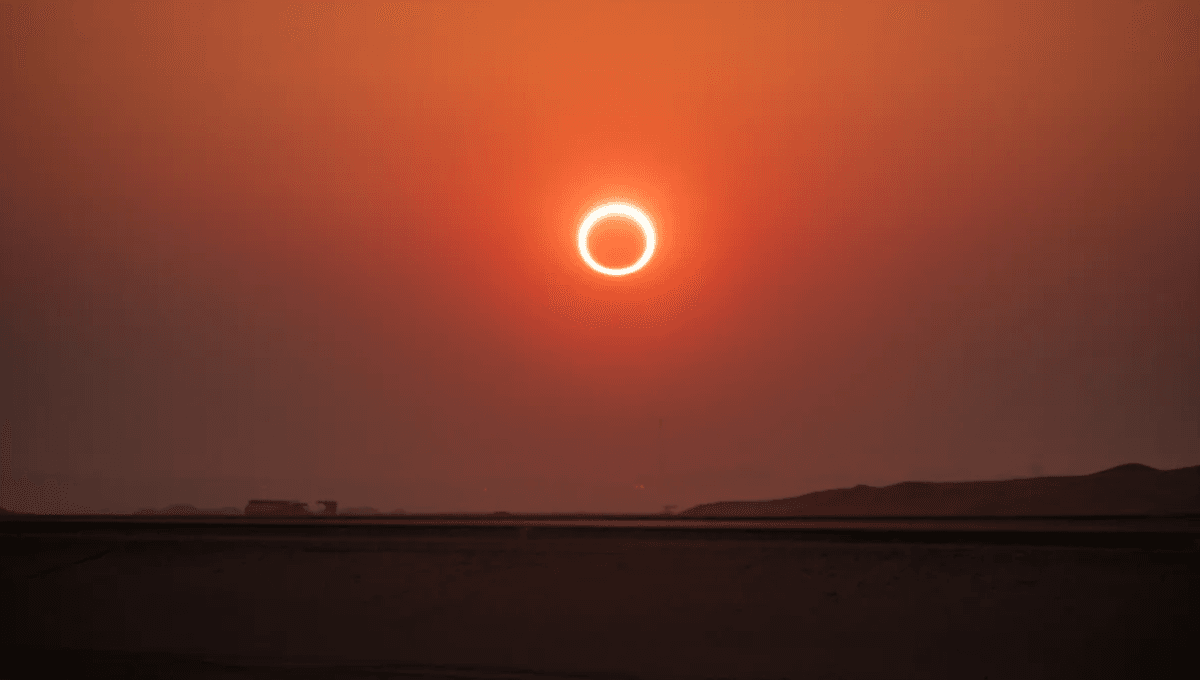
Solar eclipses, while fun to gawp at and/or cower from in fear of the sun-eating god depending on what century you’re from, are incredibly useful for scientists.
During the 2024 total solar eclipse in North America, NASA will use the opportunity to photograph the Sun’s corona from a high altitude and view sunspots as the Moon passes across the face, blocking out competing light. If you can’t wait that long for some eclipse-based science, amateur scientists with ham radios are conducting an experiment on Saturday, October 14, 2023, during the Ring of Fire eclipse.
So why radios? Well, they’re a good way to look at the activity of the ionosphere. Between 80 and 643 kilometers (50-400 miles) above the Earth, particles in the Earth’s atmosphere are bombarded with Extreme Ultraviolet (EUV) and X-ray solar radiation, ionizing them. The ionosphere grows and shrinks (on your side of the planet) depending on the time of day. At night, the layer reflects long-wave radio signals (known as “skywave” propagation) to a much greater degree than during the day, allowing the signal to be carried for hundreds of miles further than during the day.
It’s something regulators have to take into account, and the Federal Communications Commission (FCC) requires long-wave radio broadcasters to lower their power at night “in recognition of the physical laws that govern AM radio propagation”, and shut down if they are unable to do so.
That’s what we know, but there’s still an awful lot to learn about the ionosphere, which fluctuates, moves, expands, and contracts. Changes to the ionosphere can affect navigation and communication systems, making research into it important.
During the eclipse, where darkness falls suddenly (and on a limited, moving area), a team of amateur ham radio operators led by Nathaniel Frissell, assistant professor of physics and electrical engineering at the University of Scranton, will attempt to make as many radio contacts as possible with operators across the world. By measuring the strength, location, and distance, it’s possible to learn a lot about the ionosphere through it.
“These are the last solar eclipses to traverse the continental United States until 2044, and are therefore important, time-sensitive, information rich opportunities for running unique and ‘controlled’ ionospheric experiments,” Frissell said in a statement. “This project takes advantage of the unprecedented opportunity to study the ionospheric impacts of the 2023 and 2024 solar eclipses and the daily ionospheric variability associated with dawn/dusk transitions.”
Ham radio operators can look into joining the project on the HamSCI project website. The study will also take place throughout 2023 and 2024, including the 2024 total eclipse.
Source Link: Ham Radio Amateurs Will Help NASA Study The Ionosphere During The "Ring Of Fire" Eclipse